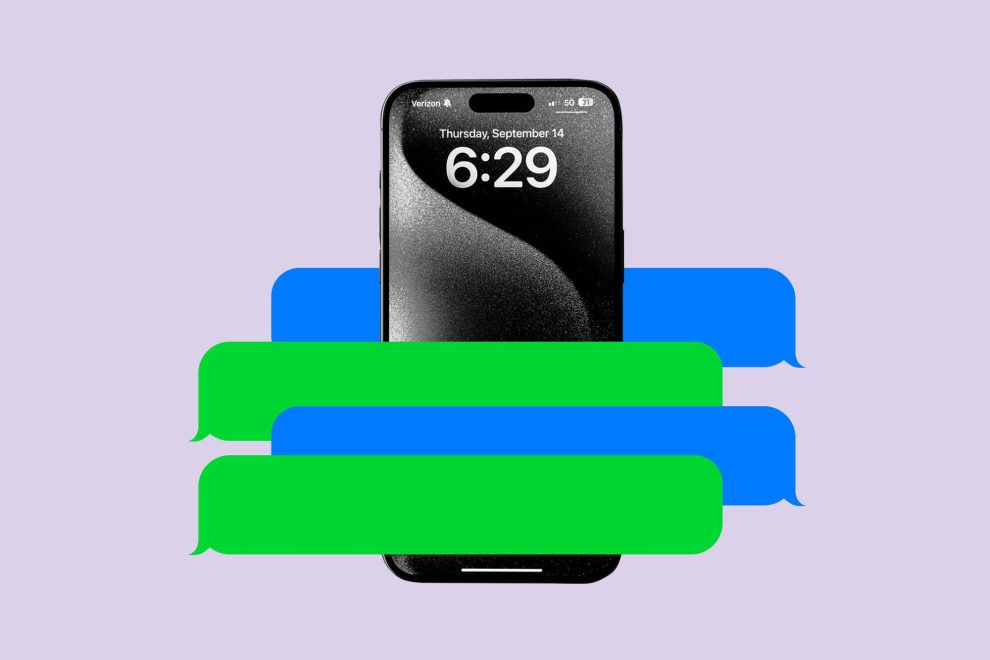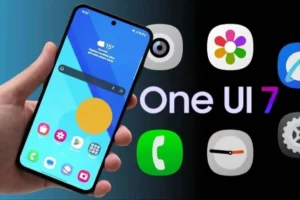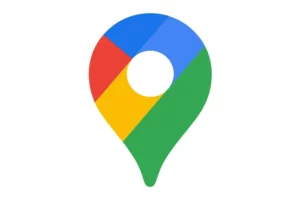Apple’s latest iOS 18 update, touted as a significant leap forward in user experience and functionality, has arrived with a fanfare of new features. From enhanced privacy settings to groundbreaking augmented reality capabilities, the tech giant has once again raised the bar for mobile operating systems. However, one persistent issue that continues to plague Apple users remains unresolved: the ‘green bubble’ stigma.
The Green Bubble Conundrum
The ‘green bubble’ phenomenon refers to the visual distinction between Apple’s iMessage and other messaging apps, particularly those running on Android devices. While iMessage users enjoy features like read receipts, group chats, and animated effects, those who communicate with Android users are relegated to the ‘green bubble’ experience, which often carries a social and cultural stigma.
This stigma has been a source of frustration for Apple users who feel marginalized and excluded when communicating with friends and family who use Android devices. The green bubble has become a symbol of technological elitism, and its persistence has raised questions about Apple’s commitment to inclusivity and accessibility.

iOS 18: New Features, Old Problems
Despite the numerous improvements in iOS 18, the ‘green bubble’ issue remains unchanged. While Apple has introduced new features and enhancements, it has failed to address the underlying problem of the visual distinction between iMessage and other messaging apps. This oversight has left many users feeling disappointed and frustrated.
One of the key arguments in favor of the ‘green bubble’ is that it helps to maintain the security and privacy of iMessage users. Apple has consistently emphasized the importance of end-to-end encryption and other security measures that are built into iMessage. However, critics argue that these security benefits can be achieved without the need for a visual distinction that alienates Android users.
The ‘green bubble’ stigma has had a significant impact on the social and cultural landscape. It has contributed to a sense of division among users of different devices, and it has reinforced stereotypes about Apple users as being elitist and exclusive. This issue has also had economic implications, as it may influence consumers’ decisions about which smartphone to purchase.
In recent years, there has been a growing movement to address the ‘green bubble’ issue. Some have called for Apple to adopt a more inclusive approach to messaging, while others have suggested that Android manufacturers should work to improve their messaging apps to offer a more comparable experience.
Possible Solutions
While there is no easy solution to the ‘green bubble’ problem, there are several potential avenues that Apple could explore:
- Cross-Platform Compatibility: Apple could work with Android manufacturers to develop a cross-platform messaging standard that would allow iMessage users to communicate seamlessly with Android users. This would eliminate the visual distinction between the two platforms and reduce the stigma associated with the ‘green bubble.’
- Feature Parity: Apple could introduce key iMessage features to its Messages app for Android users. This would help to narrow the gap between the two platforms and reduce the incentive for Android users to switch to iOS.
- Visual Neutrality: Apple could redesign iMessage to eliminate the visual distinction between messages from iOS and Android users. This would help to reduce the social and cultural stigma associated with the ‘green bubble.’
The ‘green bubble’ problem is a complex issue with no easy solution. While iOS 18 has introduced a number of improvements, it has failed to address the underlying problem of the visual distinction between iMessage and other messaging apps.
As the mobile landscape continues to evolve, it is essential for Apple to take a more inclusive and accessible approach to its messaging platform. By addressing the ‘green bubble’ issue, Apple can help to foster a more connected and equitable digital society.
















Add Comment